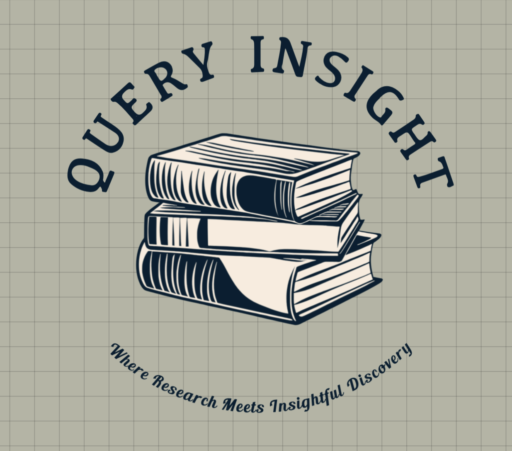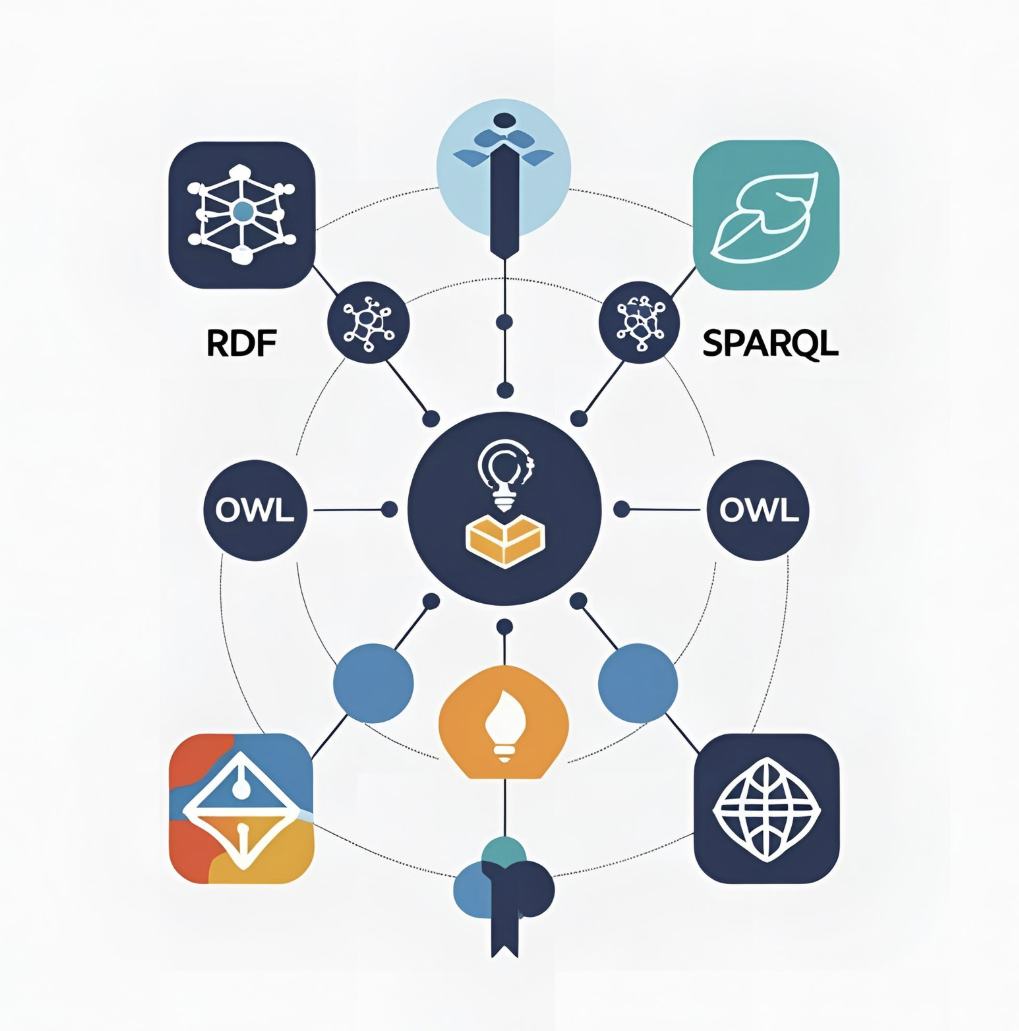The Semantic Web and semantic web technologies offer us a new approach to managing information and processes. The fundamental principle of which is the creation and use of semantic metadata.
According to the World Wide Web Consortium,
“The Semantic Web provides a common framework that allows data to be shared and reused across application, enterprise and community boundaries.”
Semantic Web is therefore regarded as an integrator across different content, information applications and systems.
Tim Berners-Lee coined the term for a web of data, or data web, that can be processed by machines — that is, one in which much of the meaning is machine readable.
Components –
The term “Semantic Web” is often used more specifically to refer to the formats and technologies that enable it. The collection, structuring and recovery of linked data are enabled by technologies that provide a formal description of concepts, terms and relationships within a given knowledge domain. These technologies are specified as W3C standards and include –
-
RDF – a general method for describing information.
-
RDFS – RDF Schema
-
SKOS – Simple Knowledge Organization System
-
SPARQL – RDF Query Language
-
Notation3 (N3) – designed with human-readability in mind.
-
Turtle – (Terse RDF Triple Language)
-
OWL (Web Ontology Language) – a family of knowledge representation languages.
-
RIF (Rule Interchange Format) – a framework of Web Rule language dialects supporting rule interchange on the web.
The Semantic Web Stack
Users Interface and Applications
|
Trust
|
Proof
|
Unifying Logic
|
Querying – SPARQL Ontologies – OWL Rules – RIF / SWRL
|
Taxonomies – RDFS
|
Data Interchange – RDF
|
Syntax – XML
|
Identifiers – URI Character – UNICODE
(Crypto and Proof are side elements (like vertical support layers), often shown beside or spanning the stack.)
The Semantic Web Stack illustrates the architecture of the Semantic Web.
-
XML – provides an elemental syntax for content structure within documents, yet associates no semantics with the meaning of the content contained within.
XML is not at present a necessary component of semantic web technologies in most cases, as alternative syntaxes exist, such as Turtle (a de facto standard, but has not been through a formal standardization process). - XML Schema – is a language for providing and restricting the structure and content of elements contained within XML documents.
- RDF – is a simple language for expressing data models, which refers to objects (“Web Resources”) and their relationships.
- RDF Schema – extends RDF and is a vocabulary for describing properties and classes of RDF-based resources, with semantics for generalized hierarchies of such properties and classes.
- SPARQL – is a protocol and query language for semantic web data sources.
- RIF – is the W3C Rule Interchange Format.It is an XML language for expressing web rules that computers can execute.
RIF provides multiple versions, called dialects. It includes a RIF Basic Logic Dialect (RIF-BLD) and RIF Production Rules Dialect (RIF-PRD). - OWL – adds more vocabulary for describing the properties and classes.

